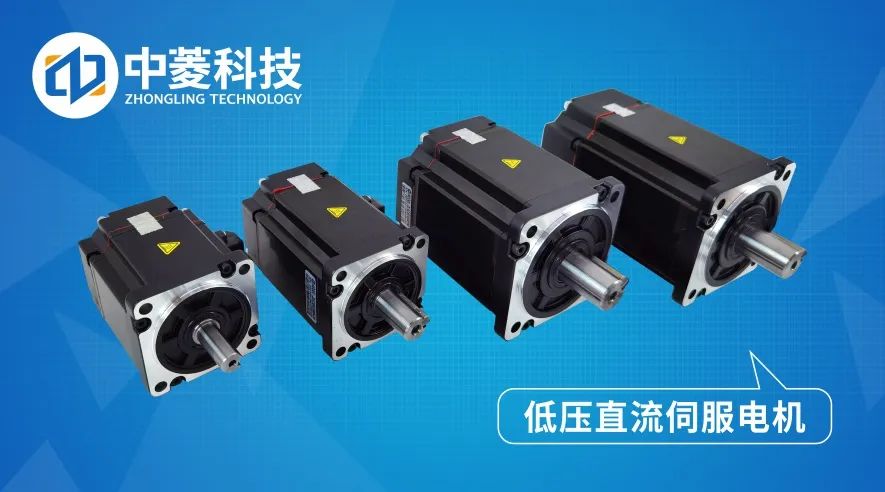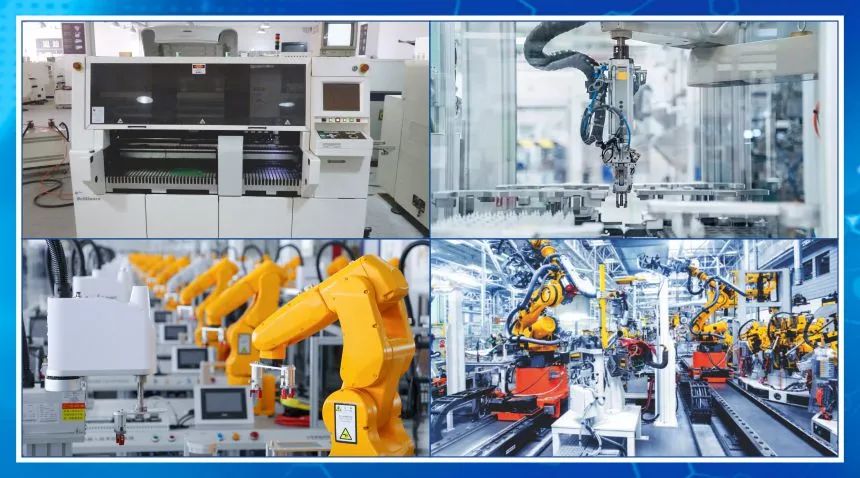随着我国逐渐从粗放型经济转型为集约型经济,依靠的是提高生产要素的质量和利用率,实现这两点必须降低消耗和成本以及提高产品质量。
因此,对于需要动力源的机械行业来说,要求也就越来越高,对于其控制系统伺服系统的要求也就势必需要更加精准更加可靠更加操作简易的低压直流伺服电机来维护机械的运作,节约成本,降低能耗,简易化操作。
低压伺服电机是一种自动控制系统,它能使输出控制变量如物体的位置、方向和状态跟随输入目标(或给定值)的任何变化。伺服定位主要靠脉冲。基本上可以理解为伺服电机接收到一个脉冲,就会旋转一个脉冲对应的角度,从而实现位移。
因为低压伺服电机本身具有发出脉冲的功能,所以伺服电机每旋转一个角度,就会发出相应数量的脉冲。这样就呼应了低压伺服电机接收到的脉冲,或者叫做闭环。因此,系统将知道有多少脉冲被发送到伺服电机,同时又有多少脉冲被接收回来。这样就可以精确的控制电机的转动,从而实现精的精确定位,可以达到0.001mm。

优势介绍
1.精度:实现位置、速度、扭矩闭环控制;克服了步进电机失步的问题;
2.速度:高速性能好,一般额定转速可达2000 ~ 3000转/分;
3.适应性:抗过载能力强,可承受三倍额定扭矩,特别适用于负载瞬时波动、启动迅速的场合;
4.稳定性:低速运行稳定,低速运行时不会出现类似步进电机的步进运行现象。适用于有高速响应要求的场合;
5.时效性:电机加减速动态响应时间短,一般在几十毫秒以内;
6.舒适应性:热量和噪音明显降低。
低压直流伺服电机包括定子、转子铁芯、电机转轴、电机绕组换向器、电机绕组、测速电机绕组、测速电机换向器,所述的转子铁芯由矽钢冲片叠压固定在电机转轴上构成。低压直流伺服电机有着良好的速度控制特征不说,还有可以再整个速度区内实现平滑控制,几乎没有任何振荡,体积小,高效率,节能省电,低噪音,不发热,长寿命。
交流电机的特性是比较软,当达到额定力矩后,如果负载力矩增加,就很容易造成突然的失速。但是低压直流伺服电机具有响应快速、较大的起动转矩、从零转速至额定转速具备可提供额定转矩的性能。交流电机虽然没有碳刷及整流子,免维护、坚固、应用广,但特性上若要达到相当于低压直流伺服电机的性能须用复杂控制技术才能达到。现今半导体发展迅速功率组件切换频率加快许多,提升驱动电机的性能。
因此,在微处理机和专用的芯片的速度亦越来越快条件下,低压直流伺服电机将在国内和国外的各个市场将有更大的快速发展。低压直流伺服电机是机器人、AGV小车、机电系统和航模的重要执行机构。低压直流伺服电机控制器为直流伺服电机提供必要的能源和控制信号。通过单片机能地对低压直流伺服电机的运动轨迹进行控制,可以实现高精度的自由控制。低压直流伺服电机的驱动电路的设计与在机械臂在运行过程中的应用,体现出低压直流伺服电机的较高的性价比与意义。

总之,随着人工智能的普及,低压直流伺服电机会在越来越多的行业广泛运用。深圳中菱科技是一家专注于研发与销售一体的国家高新企业,深圳中菱科技(www.zlingkj.com)作为一家集伺服电机及驱动的研发、生产、销售为一体的高新科技公司,且拥有强大的研发队伍,我相信在在未来一定会更加有所突破。
Mailbox:sales@zlingkj.com
Office address:303, 3rd Floor, Building B, Fenghuang Zhigu, Tiezi Road, Xixiang Street, Bao'an District, Shenzhen
Factory address:7th Floor, Building 1, XinLiKang LeChuangLi Smart Industry Park, No. 106 Changdong Road, Changping Town, Dongguan City, Guangdong Province, 523570.